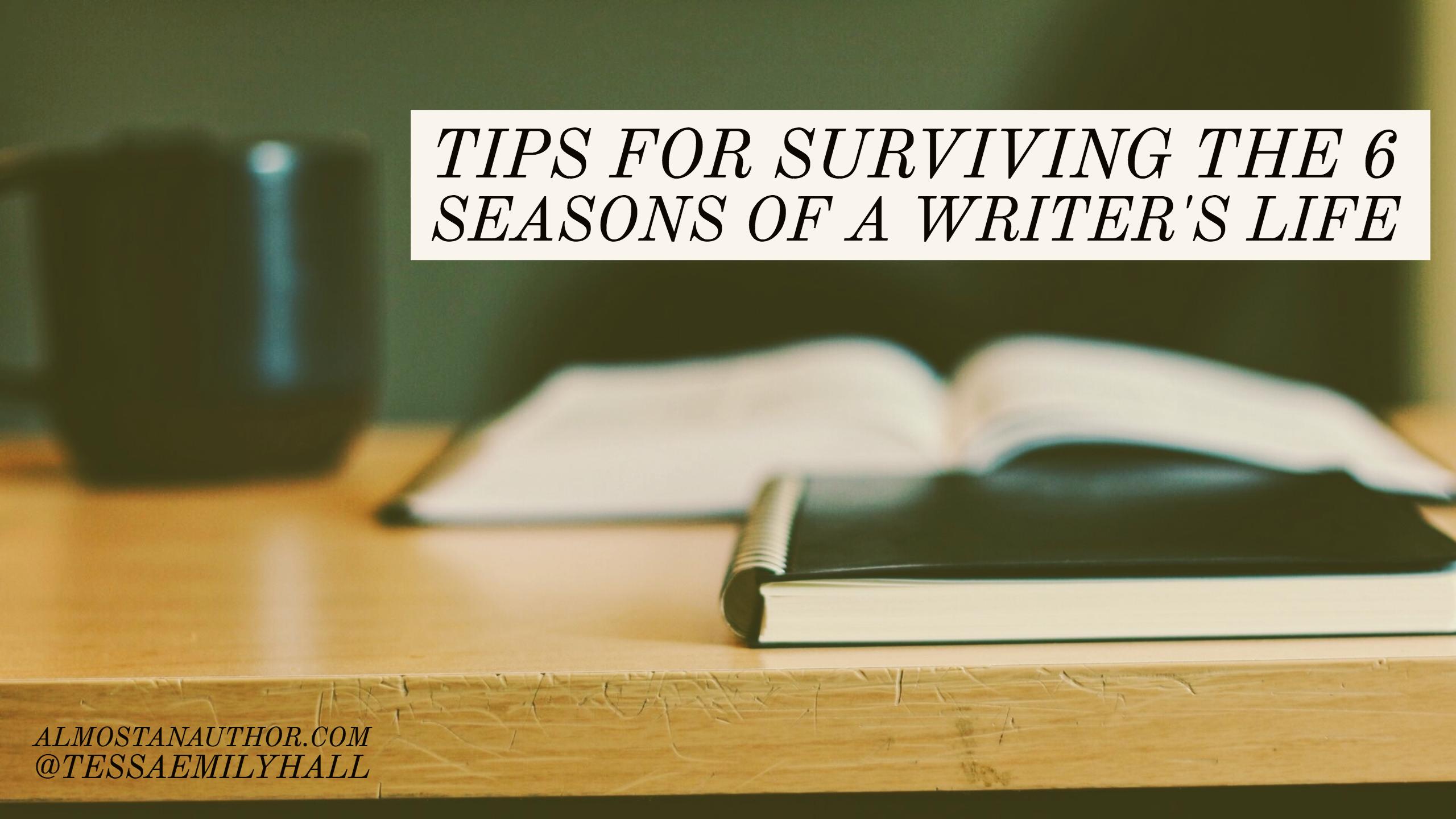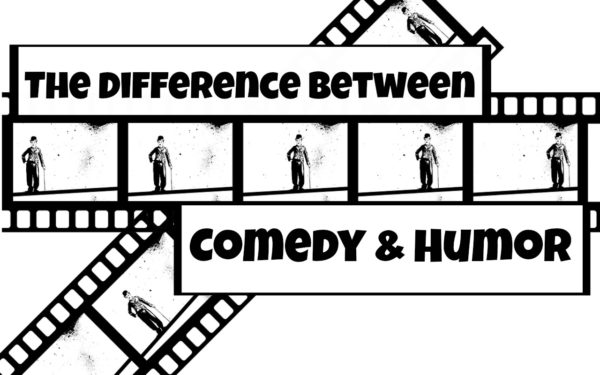
When Writing Goals and Reality Collide
Beginning a new year tends to motivate people to get organized, start new projects, or finish ones they’ve ignored…
January 27, 2023
Beginning a new year tends to motivate people to get organized, start new projects, or finish ones they’ve ignored…
January 27, 2023
Why do you write? Do you have a theme, message, or goal for your books? I feel called, compelled,…
January 19, 2023
Hiking can quickly change from breathtaking scenery to a breathtaking fall. We have to watch our steps in order…
November 27, 2018
The words empathy and sympathy often cause confusion. I know first hand. I used empathy in another blog post…
July 18, 2018
Anger comes in many shades, from miffed to murderous. Each shade looks and feels different. When a person is…
November 20, 2017
Have you ever noticed how some authors tend to focus too much on writing certain fiction elements, yet ignore…
October 9, 2017
My favorite canine writer, Snoopy of Peanuts fame, received a boatload of rejection slips in his pursuit of a…
July 26, 2017
Hey guys, I wanted to kick this whole thing off by welcoming you to the ranks. (Though I’m sure…
July 23, 2017
This month at Grammar and Grace we’re studying adjectives. Adjectives are words that tell something about a noun or…
July 18, 2017
I am a binge writer. I always have been, and I probably always will be. What is a binge writer you…
July 3, 2017
As languages go, English is fairly young. It’s been about 1400 years since the Anglo-Saxons imported English into Great…
June 27, 2017
A pronoun is a word that can take the place of a noun in a sentence which means…
June 17, 2017
A number of grammatical faux pas can be attributed to faulty hearing. I’m not implying that any of you…
May 27, 2017
This time we’ll discuss nouns. Nouns can be common or proper. A common noun is a person, place, or…
May 18, 2017
This may seem hard to believe, but[bctt tweet=” … not every question requires a question mark” username=””.] How…
April 27, 2017
Because spellcheck, wonderful as it may be, doesn’t catch words used improperly … And because the English language…
March 27, 2017
Last time, I introduced the eight parts of speech. This time, we’ll focus on verbs. I’m beginning with the…
March 17, 2017
If you’ve been in the industry long enough then you probably know by now that the writer’s life is…
March 8, 2017
I read a statement once that stuck with me: All comedy has humor, but not all humor is comedy.…
February 26, 2017
As this series draws to a close, here are a couple practical exercises you can do at home to…
February 21, 2017
Jim held a gray spheroid up to the light. “So Doc, you’re saying the sex of this alien was…
February 13, 2017
As writers, we have the power to tear down the boundaries of paper and ink when we craft a…
February 8, 2017
The autopsy window allowed Jim a clear view of the good doctor’s grim work. The gray-skinned corpse had been…
January 16, 2017
Save money. Learn theology. Become a better writer. Minister more effective. That’s my hope for you. In this second…
January 10, 2017
Plenty of ink has been spilled and battles fought over the necessity and superiority of the Oxford or serial…
December 26, 2016